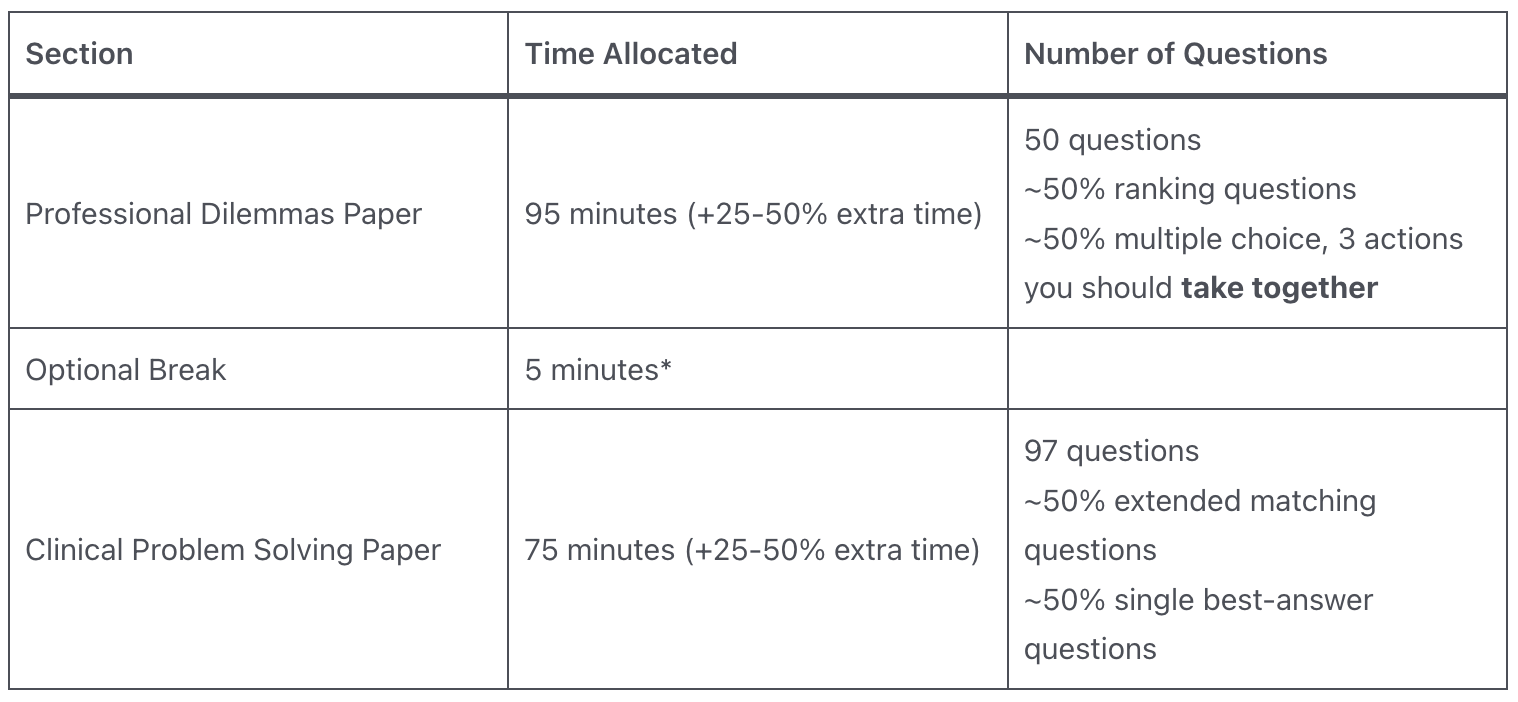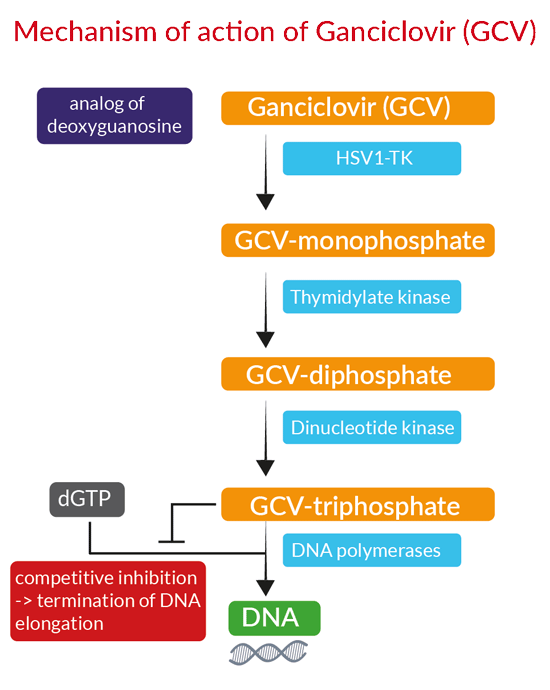Your Guide to the MSRA
Dear Friend,
Hope you are all having a good week. I am writing this week’s newsletter from Vietnam, so if anyone has any recommendations of what to do or where to eat, do let me know.
This week, I wanted to give you an overview of the Multi-Specialty Recruitment Assessment (MSRA). Given the recent changes to FPAS and the SFP, this is arguably now the most important exam that many of you will sit in your medical careers, as it may determine which speciality you get into.
The MSRA is a relatively new exam, and over the past couple of years, has become much more popular, being used for specialities including GP, psych, surgery, radiology and more. Therefore, I’d like to summarise what the main features of this exam are, and highlight some of the controversies about the MSRA.
What is the MSRA
The MSRA stands for Multi-Specialty Recruitment Assessment (MSRA). Is it a 3-hour computer-based exam that is used as part of selection into post-graduate specialty training. It is used predominantly for selection at CT1 and ST1 level and is sat by most people in the F2 year after you apply for specialty training and before the interviews.
The MSRA was originally introduced as part of specialty selection for GP training and has gradually been rolled out to most other specialties. It’s basically used as a way to shortlist candidates before selection interviews and it features a mix of clinical multiple choice questions like finals and situational judgement questions like the SJT split across two papers.
Which specialties use the MSRA
The MSRA is currently used for entry into postgraduate medical training for the following specialities:
- GP – fully dependent on MSRA score
- Psychiatry – fully dependent on MSRA score
- Radiology – MSRA score determines interview
- O&G
- Neurosurgery
- Anaesthetics
- Ophthalmology
- Nuclear Medicine (used at ST3)
- Core Surgical training
As you can see, this exam is used for such a wide variety of specialities. In addition, it is used differently for each specialty. For psychiatry and GP, the selection process is entirely dependent on your score, as they do not require interviews. On the other hand, for radiology, you need to do well enough in this exam to get an interview, no matter how impressive your portfolio is.
Structure of the MSRA
The MSRA is 2-hrs 55 minutes in total and is split into two parts – a Professional Dilemmas (PD) paper and a Clinical Problem Solving (CPS) paper.
There is a five minute break in between the two papers included in the overall time. The exam is sat online (like the UCAT). The first paper is always the professional dilemma paper which is 95-minutes. Then there’s a five-minute break and then there’s the clinical problem solving paper, which is 75 minutes.
On the day each candidate is given different questions from a central question bank so the person sat next to you will have a different set of questions. It also stops candidates sharing questions if they sit the exam on different days.

Professional dilemmas paper
The first section of the MSRA is the Professional Dilemmas Paper. This is like the situational judgement section of the UCAT.
There are 50 questions in total with two question formats. ~50% are ranking questions and ~50% are multiple-choice questions. For the multiple choice question, check the 3 from 8 options are things that would all be done at the same time and are complimentary. Remember to rank or select options that would be the ‘ideal’ response (although this may differ from what is possible in reality).
Clinical Problem Solving Paper
This paper is about testing roblem solving skills to determine appropriate diagnosis and management of patients. Questions focus on your ability to apply and apply clinical knowledge appropriately. The items are based on Foundation-level clinical practice, and test higher level knowledge of medical knowledge.
For each question, 1 mark is awarded for choosing the correct response without any negative marking. In the clinical problem solving section questions are based on 12 clinical topic areas relevant to F2-level and each section of the CPS includes a balance of scenarios which cover all 12 topics.
The topics are:
Cardiovascular
Dermatology / ENT / Eyes
Endocrinology / Metabolic
Gastroenterology / Nutrition
Infectious Disease / Haematology / Immunology / Allergies / Genetics
Musculoskeletal
Paediatrics
Pharmacology
Psychiatry / Neurology
Renal / Urology
Reproductive
Respiratory
Is it fair?
Having read the above, there are some key points raised about the structure and fairness of the exam:
- Is it relevant?
Many trainees have questioned how the same test can be used for opthalmology and specialities like psychiatry. Similarly, the test involves asking questions on topics like obstetrics and gynaecology, which does not seem to apply to a career in radiology for example. The exam was designed an an entry exam to GP training, so is it even validated for these other specialties.
2. Removal of interviews
You will have noticed that for specialties like GP and psychiatry, the entire selection process is based on MSRA score. This has sparked reaction as these specialties arguably involve the most patient contact with key emphasis on communication skills – therefore, should you be selecting candidates without the need for an interview?
3. More exams
Doctors already have to do a lot of exams. This involves exams at every year during 5/6 years of medical school. In addition, there is the PSA and the upcoming UKMLA. This adds another exam to an already fully packed schedule causing more stress. In addition, it means students have to pay more money for more question banks to revise for exams, as their futures really depend on it.
4. Your future depends on one day
Basing such a large component of the application on one exam sat on one day feels a bit unfair. It means, that even if you have the best portfolio and have spent the past 6 years working very hard on things like audits, publications etc, a bad day might set back your progress for a year.
I hope this has given some more insight into this exam. I feel glad that I did not have to go through this exam – though who knows, the exam may one day be used for internal medicine training too.
Have a lovely week!
Drug of the week
Ganciclovir
This is a purine analogue that is phosphorylated to the triphosphate form.
It then inhibits the viral DNA polymerase stopping DNA replication.
It is used to treat human cytomegalovirus and herpesvirus.
It also exists as a prodrug, which is called Valganciclovir, which is typically used to treat CMV in patients with AIDS or after an organ transplant.
A Brain Teaser
A 56-year-old man attends the emergency department with a severe headache. This has been going on for a couple of days but has gotten particularly worse over the last day. He is also struggling to turn his head from side to side.
On examination, he is warm to the touch and there is flexion of his hips and knees when he tries to flex his neck. There is also a widespread maculopapular erythematous rash across his torso.
What would be an appropriate initial empirical treatment?
A: IV amoxicillin + gentamicin
B: IV benzylpenicillin
C: IV cefotaxime
D: IV cefotaxime + amoxicillin
E: Oral ciprofloxacin
Answers
The answer is D
IV cefotaxime (or ceftriaxone) + amoxicillin (or ampicillin) is the correct answer. This patient is presenting with meningitis. This is supported by a presenting complaint of a headache and neck stiffness as well as a positive Brudzinski sign of an erythematous maculopapular rash on examination. As this patient has presented to his GP it would be necessary for an immediate transfer to the hospital because of the risk of sudden deterioration especially given a widespread rash on his body. Usually, if meningococcal meningitis is suspected intramuscular benzylpenicillin can be given in the interchange. However, when the patient is admitted, as he is over 50 years old, therapy should initially include both cefotaxime and amoxicillin.
IV amoxicillin + gentamicin is incorrect. This would be indicated in meningitis caused by Listeria. Although this would present similarly to other types of meningitis it is commonly seen in immunosuppressed individuals.
IV benzylpenicillin is incorrect. This can be used for the treatment of meningococcal meningitis. At the moment, as this patient is above 50 years old and susceptible to further deterioration and we are unaware of what specific organism is causing his meningitis, it would be appropriate to use double antibiotic therapy until blood culture sensitivities return to guide further antibiotic treatment.
IV cefotaxime is incorrect. This is usually indicated for most cases of meningitis. However as stated above, this patient is above 50 years old and thus at high risk of sudden deterioration hence it would be more appropriate to treat with antibiotics covering different organisms before sensitivities return.
Oral ciprofloxacin is incorrect. This is the treatment for people who have been exposed to a patient with confirmed bacterial meningitis. They should be given prophylactic antibiotics if they have close contact within 7 days before the onset of the infection.





